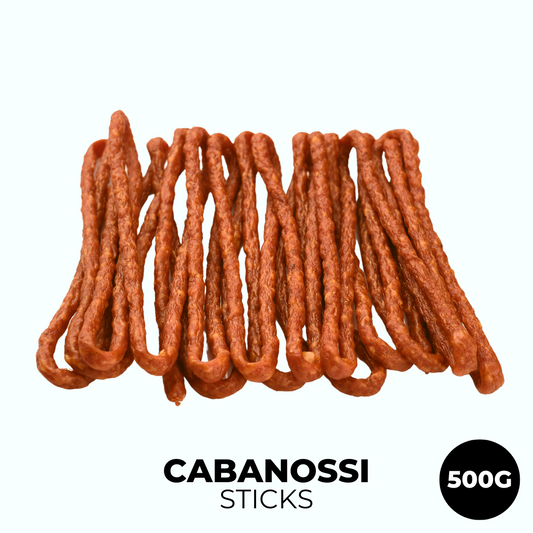In the world of savory indulgence, where flavor meets convenience, there's a snack trend that's been sizzling its way into the hearts of meat lovers everywhere – meat snacks. Whether you're an on-the-go enthusiast or a connoisseur of culinary delights, these delectable treats have likely crossed your path. But among the array of options that tantalize our taste buds, two stand out: biltong and jerky.
The battle of the meaty titans, "biltong vs. jerky," has sparked countless debates and inspired taste tests around the globe. It's a topic that has carnivores and snack aficionados curious and eager to understand the nuances that make each one unique. Today, we embark on a flavorful journey to decode these savory sensations, exploring their origins, preparation methods, taste, texture, nutritional profiles, and more.
So, if you've ever wondered how these meaty snacks stack up against each other, you're in the right place. Join us as we slice through the sizzle and smoke to uncover the distinctions that set biltong and jerky apart. By the end of this blog post, you'll have all the savory knowledge you need to make an informed choice and satisfy your meat snack cravings with confidence.
Understanding Biltong
To truly appreciate the uniqueness of biltong, it's essential to delve into its rich history and cultural significance. Originating in South Africa, biltong has evolved from a practical method of preserving meat into a beloved culinary tradition.
Origins and Heritage
Biltong's roots can be traced back to the indigenous tribes of Southern Africa, where meat preservation was a vital skill. The word "biltong" itself is derived from Dutch ("bil" for rump and "tong" for strip or tongue), reflecting the cuts of meat traditionally used. It was a means of ensuring that no part of the animal went to waste, a testament to resourcefulness.
Over the centuries, biltong-making techniques were refined and adapted by various cultures, including the Dutch, British, and South African communities. Today, it's not just a snack but a cultural symbol that represents the warm hospitality and love for flavorful food in South Africa.
Keywords
- Biltong: This savory delicacy takes center stage in our exploration, showcasing its distinct qualities.
- Biltong Boytjies: These traditional biltong makers add authenticity to the craft.
- Online Biltong Store: For those seeking to enjoy the taste of biltong, online stores offer accessibility and convenience.
Now that we've had a taste of biltong's history and heritage, let's move forward to compare it with its well-known counterpart, jerky, to understand what sets them apart.
The World of Traditional Jerky
In the realm of meat snacks, traditional jerky stands as a venerable and well-loved contender. This dehydrated wonder has its own distinct history and preparation methods that set it apart.
A Brief History
Jerky's journey began centuries ago when indigenous peoples, including Native Americans, developed methods to preserve meat for sustenance during long journeys or harsh winters. The word "jerky" itself is believed to have its origins in the Quechua word "charqui," used by the Inca Empire for dried meat.
Preparation and Process
Traditional jerky is typically made by slicing lean cuts of meat, such as beef, into thin strips. These strips are then marinated in a mixture of salt, spices, and often a combination of sweet and savory flavors. After marination, the meat is dried through a process that can involve air-drying, sun-drying, or smoking.
The result is a chewy and flavorful snack with a distinctively smoky, sweet, or spicy taste, depending on the recipe. Jerky has a longstanding reputation as a portable, high-protein snack that's ideal for outdoor adventures and on-the-go snacking.
Now that we've acquainted ourselves with the world of traditional jerky, let's proceed to the heart of our comparison: exploring the preparation methods, taste, texture, and nutritional profiles that distinguish biltong from its well-known counterpart.
Preparation Methods
When it comes to biltong and jerky, the path from raw meat to mouthwatering snack takes different turns. Understanding their preparation methods is key to appreciating their unique qualities.
Biltong: A Taste of Time-Honored Craftsmanship
Biltong's preparation method is a testament to tradition and patience. High-quality cuts of meat, often beef or game, are sliced into thick strips or chunks. The key to biltong's flavor lies in the marination process, where these meat pieces are bathed in a flavorful mixture of salt, spices, and sometimes vinegar. This stage can last from a few hours to several days, allowing the spices to infuse every fiber of the meat.
Once marinated to perfection, the meat is hung to air dry in a controlled environment. Traditional biltong makers, often called "Biltong Boytjies," take pride in this part of the process, as it requires careful monitoring of temperature and humidity. The result is a tender yet firm texture that's a hallmark of biltong.
Jerky: The Art of Smoking and Drying
Jerky, on the other hand, follows a slightly different path. Meat strips are thinly sliced and then marinated in a mixture similar to biltong, featuring salt, spices, and flavors. However, jerky often leans towards a smokier or sweeter profile, depending on the recipe.
The drying process for jerky involves methods like air-drying, smoking, or using specialized dehydrators. The low-and-slow drying approach removes moisture from the meat, resulting in a chewy texture that many jerky enthusiasts appreciate.
Preparation Methods: A Point of Distinction
The preparation methods are where biltong and jerky begin to reveal their unique character. While both go through marination and drying, biltong's thick cuts and air-drying contribute to its tender texture and rich, layered flavors. Jerky's thinner slices and various drying techniques, including smoking, give it its signature chewiness and distinct taste.
Understanding these distinctive methods sets the stage for exploring the taste, texture, and nutritional profiles that truly differentiate biltong from jerky.
Taste and Texture
Taste and texture are where the delightful rivalry between biltong and jerky truly comes to life. These distinctions define the unique experience each snack offers.
Biltong: A Symphony of Flavors
When it comes to taste, biltong boasts a symphony of flavors. The slow marination process infuses each piece of meat with a rich blend of spices, creating a complex and layered taste profile. The result is an explosion of savory, salty, and slightly tangy notes that dance on your taste buds.
The texture of biltong is equally remarkable. Thanks to its air-drying method, biltong strikes a perfect balance between tenderness and firmness. The thicker cuts contribute to its substantial chew, making it a satisfying and robust snack.
Jerky: Bold and Chewy
Jerky, on the other hand, leans towards bold and chewy flavors. The marinade often incorporates elements of smokiness, sweetness, and spice, resulting in a more straightforward but equally enticing taste.
The hallmark of jerky is its chewiness. Thinly sliced and dehydrated, jerky offers a hearty bite that requires a bit of effort, making it an excellent choice for those who enjoy extended snacking sessions.
Distinctive Options: Droewors and Drywors
Within the world of biltong, there are further distinctions. Droewors biltong, for instance, is a dried sausage version known for its intense, meaty taste and slightly crumbly texture. On the other hand, drywors biltong offers a unique take, with its sausage-like appearance and blend of spices.
As you savor biltong or jerky, your preference for taste and texture will likely guide your snack of choice. Whether you're drawn to the savory complexity of biltong or the chewy satisfaction of jerky, both offer a delightful journey for your palate. These distinct characteristics are what make them beloved choices for meat snack enthusiasts around the world.
Nutritional Profiles
When choosing between biltong and jerky, understanding their nutritional profiles can be a crucial factor. Let's take a closer look at the key aspects: protein content, fat, and sugar.
Protein Powerhouses
Both biltong and jerky are renowned for their high protein content, making them favorite choices for those seeking a protein-packed snack. Biltong often contains slightly more protein due to its thicker cuts and slower drying process. On average, biltong can provide around 30-40 grams of protein per 100 grams, making it an excellent option for those looking to meet their daily protein needs.
Jerky, while also rich in protein, generally contains a slightly lower protein content, averaging around 25-30 grams per 100 grams. Nevertheless, it remains an excellent source of protein for active individuals and athletes.
Fat Matters
When it comes to fat content, biltong typically contains less fat compared to jerky. The air-drying process of biltong helps remove excess moisture and fat, resulting in a leaner product. On the other hand, jerky can be higher in fat, especially if it includes marbling or if it's made from fattier cuts of meat.
Sugar Sensibility
As for sugar, biltong traditionally contains very little to no sugar in its marinade, making it a great choice for those watching their sugar intake. Jerky, however, can vary in sugar content, as some recipes incorporate sweet flavors. It's essential to check the label if you're monitoring your sugar consumption.
Droewors Price per Kg: A Consideration
For those seeking even more protein and exploring different biltong options, drywors biltong can be a compelling choice. Its nutritional profile is similar to traditional biltong, with the added convenience of a snack that resembles dried sausages.
Ultimately, the choice between biltong and jerky may come down to your specific dietary preferences and nutritional goals. Both snacks offer a protein-packed punch, with variations in fat and sugar content to suit various lifestyles.
Choosing the Right Snack
Selecting the ideal meat snack, whether it's biltong or jerky, can be a savory decision tailored to your taste and dietary requirements.
For Rich, Layered Flavors and a Chewy Bite: Biltong
- If you crave a symphony of flavors with a substantial chew, biltong is your go-to. Its slow-marinated, air-dried nature yields rich, complex tastes and a satisfying texture.
- Opt for biltong if you prefer snacks with lower fat content and minimal to no sugar.
- Biltong's protein-packed profile makes it an excellent choice for those seeking to fuel their active lifestyle or increase protein intake.
For Bold, Chewy Simplicity: Jerky
- If you prefer bold, straightforward flavors with a hearty chew, jerky is your match. Its thinner slices and diverse marinades offer a variety of taste experiences.
- Choose jerky if you don't mind a slightly higher fat or sugar content, or if you enjoy the convenience of a chewy, portable snack.
- Jerky remains a protein-rich option suitable for active individuals or those who appreciate a satisfying, savory bite.
Ultimately, the choice between biltong and jerky comes down to your personal taste preferences and dietary needs. Whichever you select, both offer a flavorful journey that celebrates the art of meat snacking.
Promotions and Benefits
At Biltong Boytjies, we're not just passionate about biltong and jerky; we're also dedicated to making your snacking experience even more delightful. That's why we offer a range of promotions and subscription benefits that add a sprinkle of excitement to your meaty journey.
Unwrap Exclusive Savings
-
Purchase 3 or more products, and you'll enjoy an automatic extra 10% discount at checkout. It's our way of enhancing your snack time without breaking the bank.
-
Feeling extra generous or stocking up for your next adventure? When you buy 5 or more products, we'll gift you an automatic extra 15% discount at checkout. More savings, more smiles!
-
And for those grand occasions or when you simply can't get enough, buying 10 or more products means you'll receive an automatic extra 20% discount at checkout. It's an invitation to indulge in your favorite snacks.
Join Our Flavor-Loving Community
But that's not all! We invite you to become a part of our flavor-loving community. Subscribe to our email list and unwrap even more benefits. As a token of our appreciation, you'll receive an exclusive 10% off your first order. Plus, you'll gain access to our monthly campaigns, flash sales, and a chance to win a tempting R500 voucher every month.
As a special treat, we're running a survey this month. By filling it out, you'll receive a FREE R100 voucher and stand a chance to win a generous R1,000 voucher. It's our way of saying thank you for being a part of our journey.
So, whether you're exploring the world of biltong, jerky, or both, our promotions and subscription benefits add extra sizzle to your snacking experience. Shop, save, and savor the flavors with Biltong Boytjies!
In the flavorful face-off between biltong and jerky, the distinctions are clear. Biltong offers rich, layered flavors and a tender chew, while jerky boasts bold simplicity and hearty chewiness. The choice is yours, tailored to your taste and dietary needs.
To embark on your own meaty adventure, we invite you to explore our online biltong store, Biltong Boytjies. Whether you're a biltong enthusiast, a jerky aficionado, or simply curious to try both, we offer a range of flavors and promotions that promise to elevate your snacking experience. Savor the differences, celebrate the similarities, and indulge in the world of savory meat snacks with us.

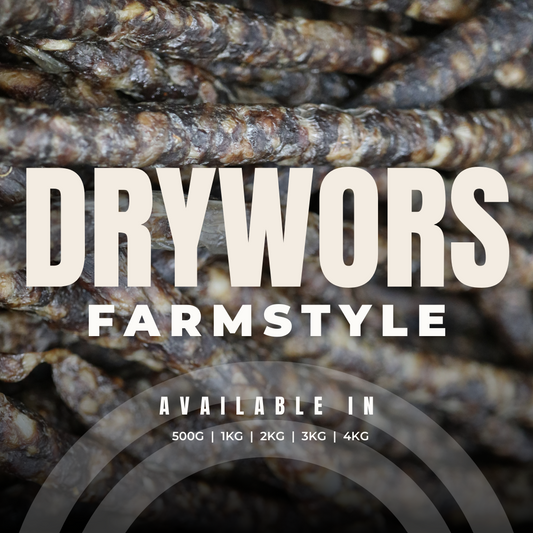
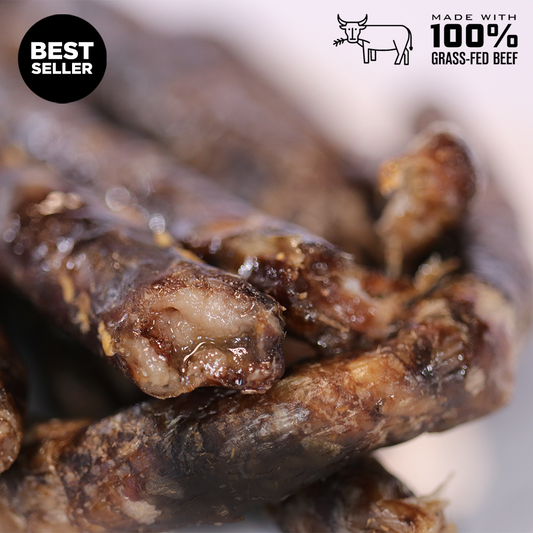
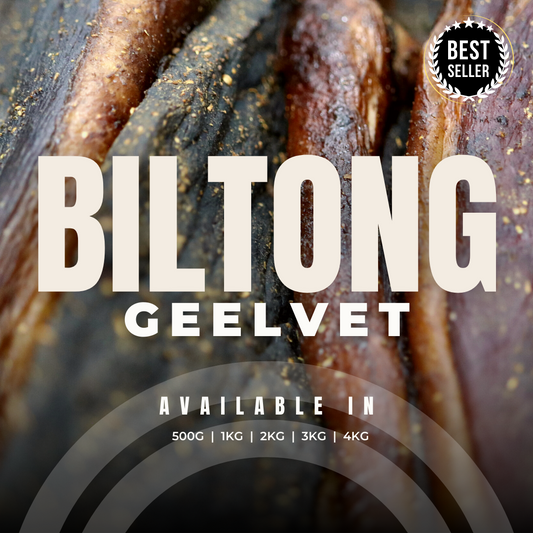
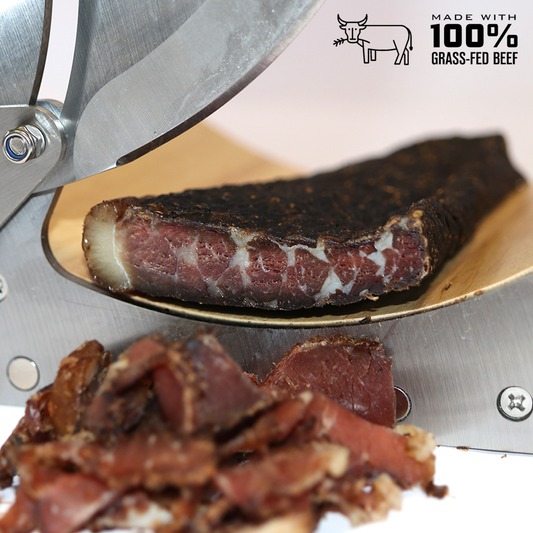
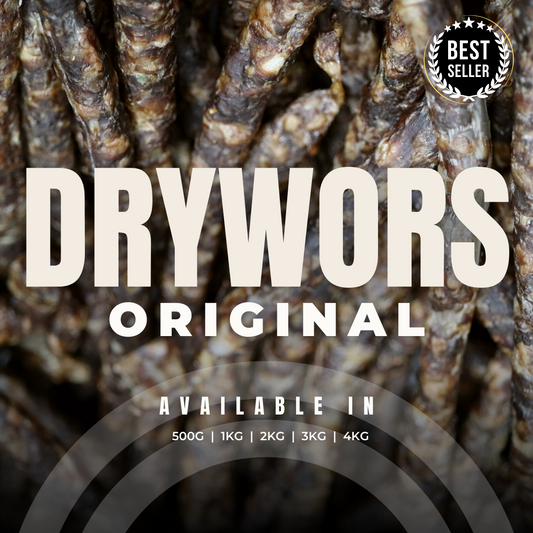
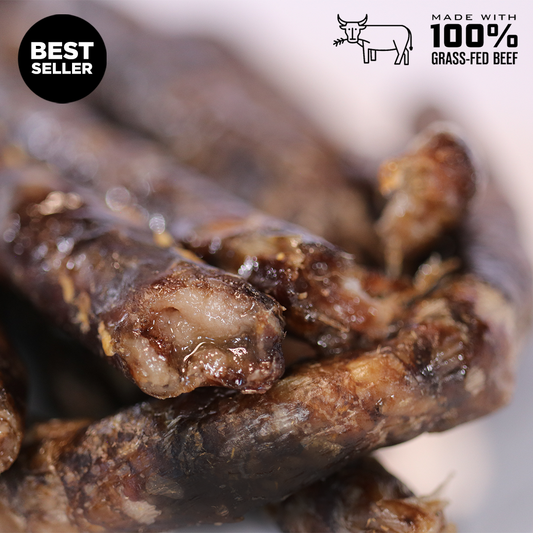
![[NEW] Crispy Biltong Chips](http://www.biltongboytjies.co.za/cdn/shop/files/7_9c458717-3365-4c97-bf47-0225cdcb38ca.png?v=1693652289&width=533)
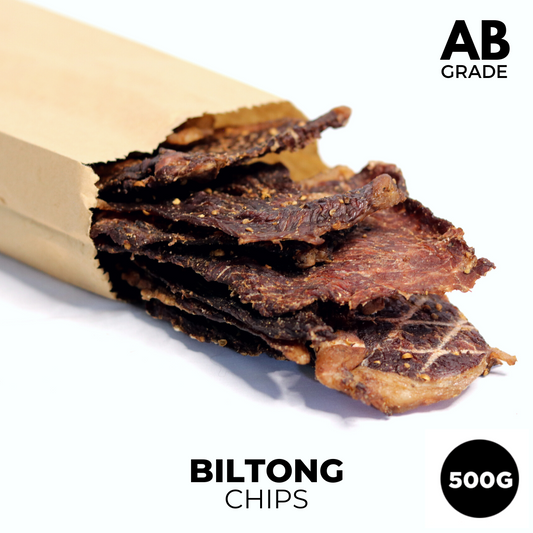
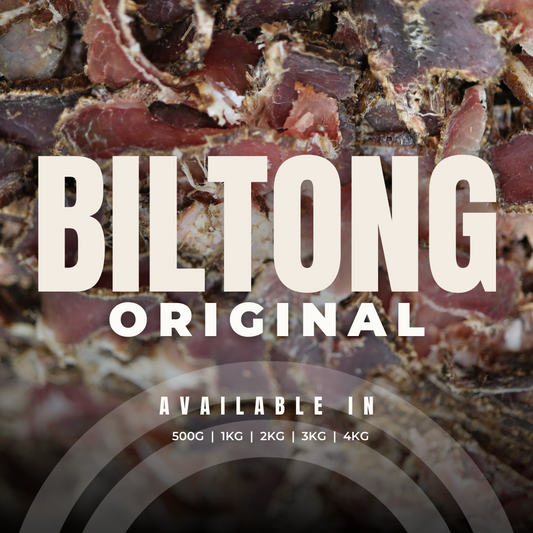
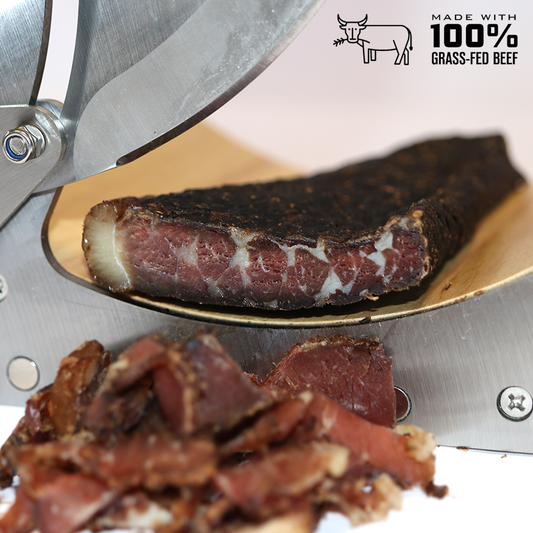
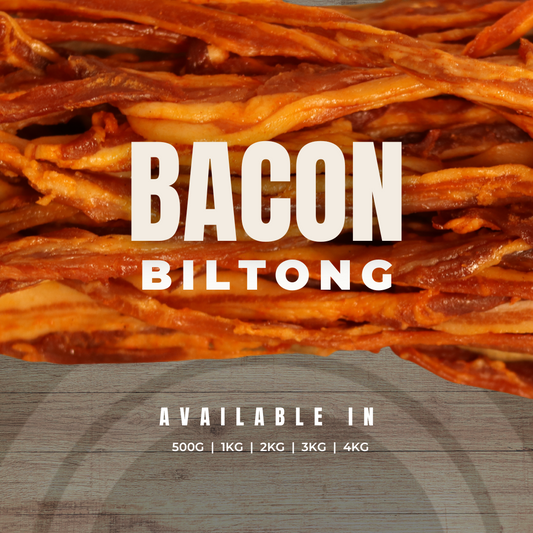
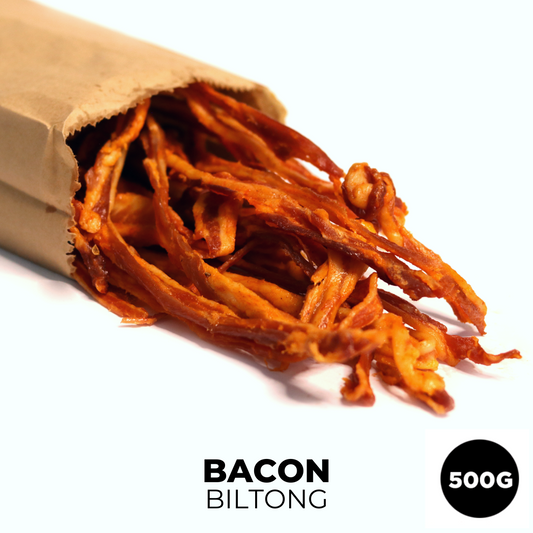
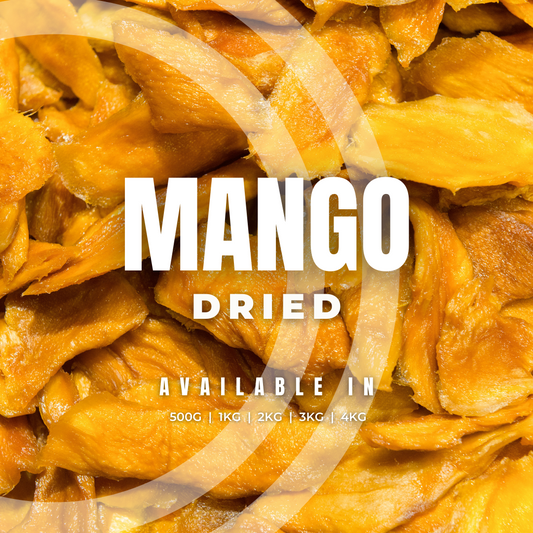
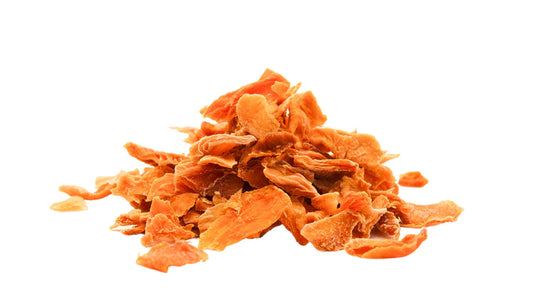
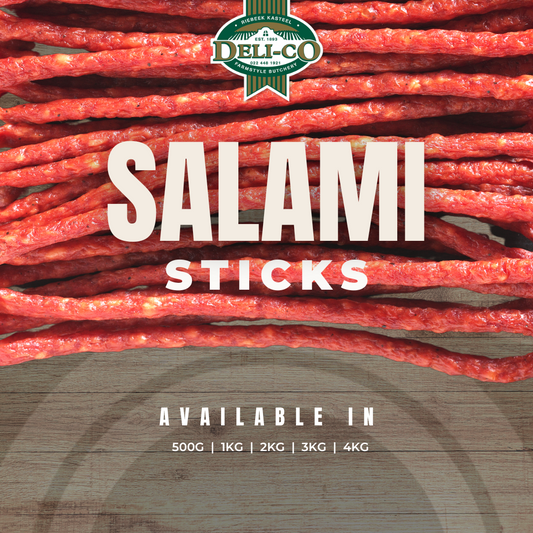
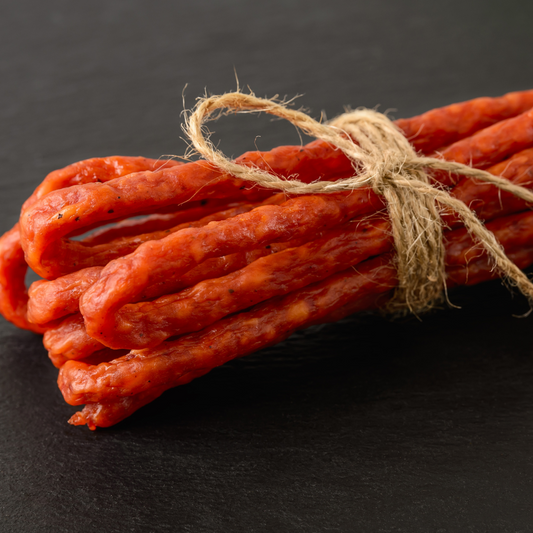
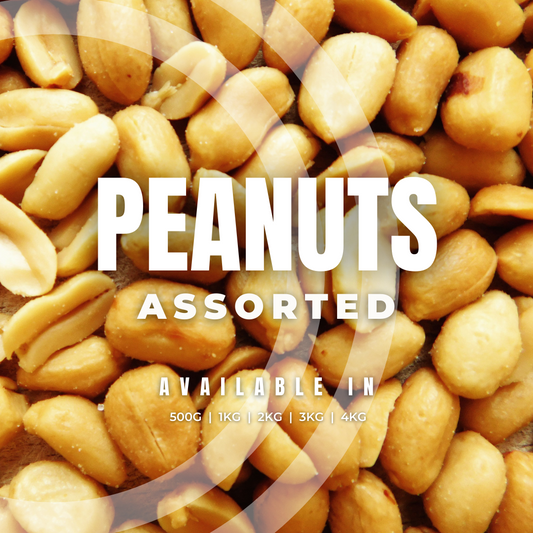
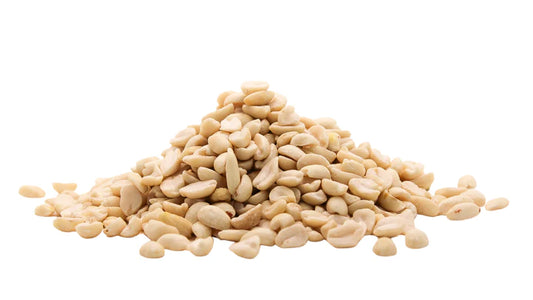
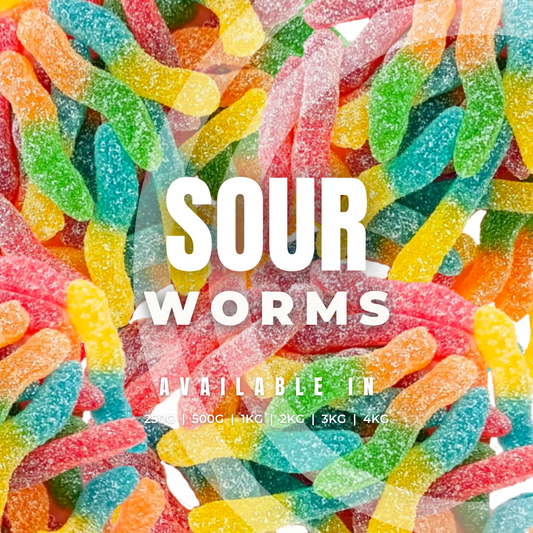


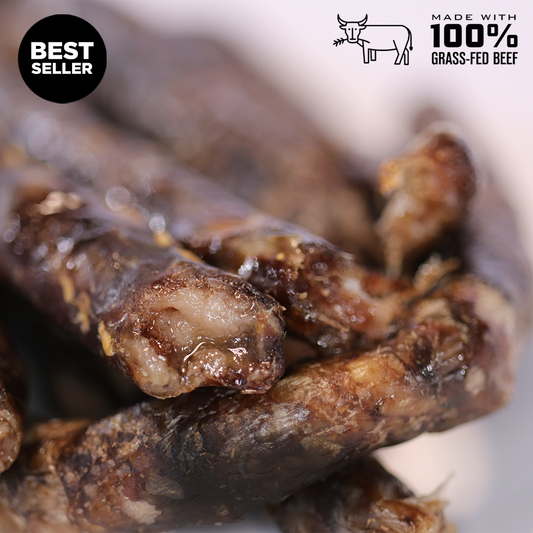
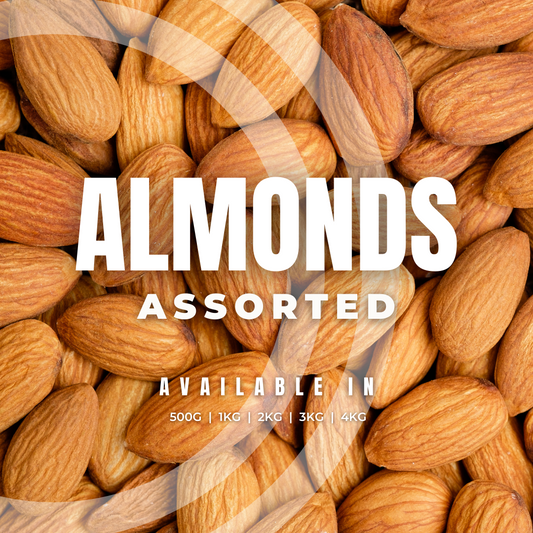
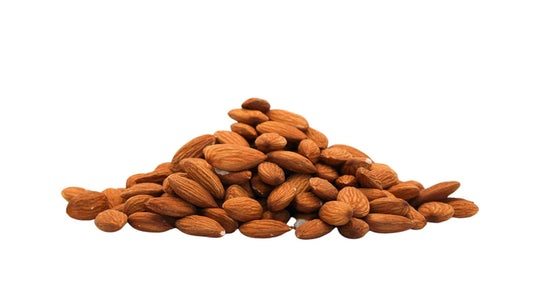
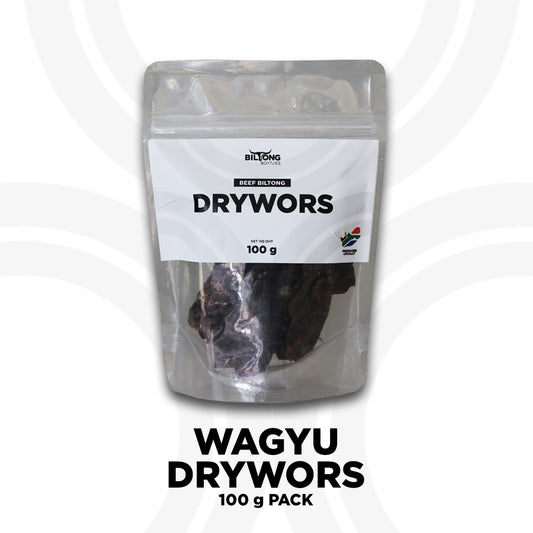
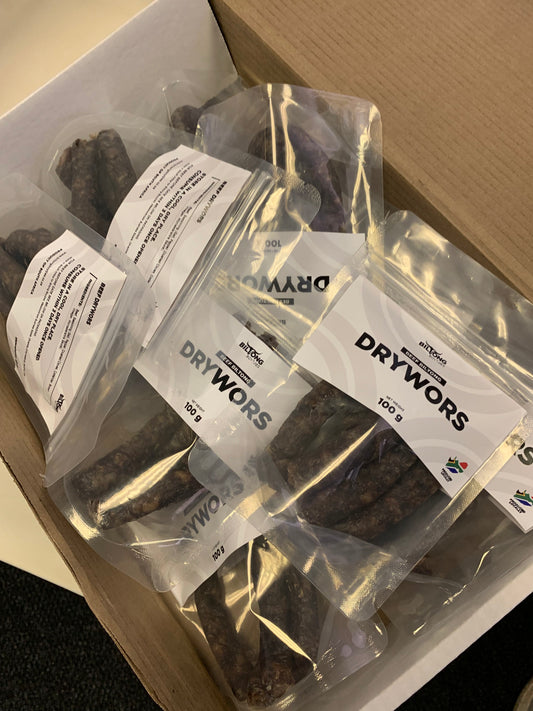
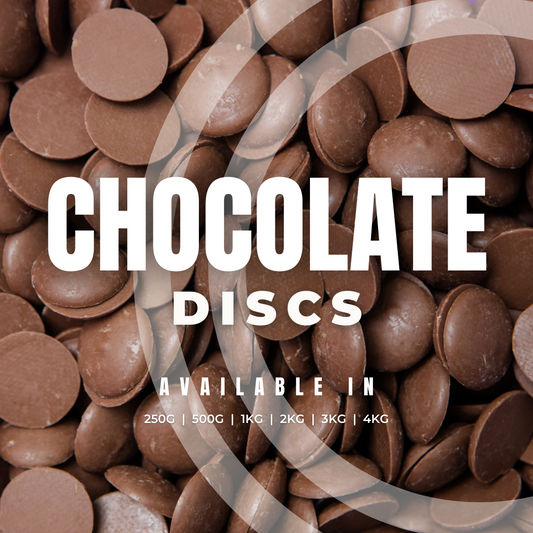


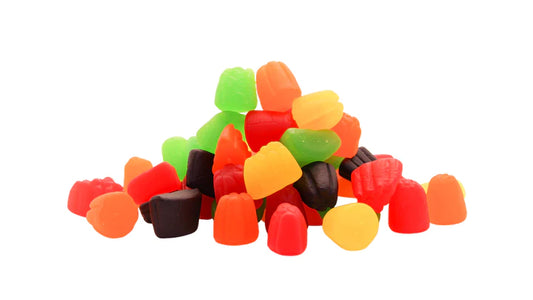
![[NEW] Cabanossi](http://www.biltongboytjies.co.za/cdn/shop/files/BILTONGBOYTJIES-CabanossiSticks.png?v=1693992602&width=533)
